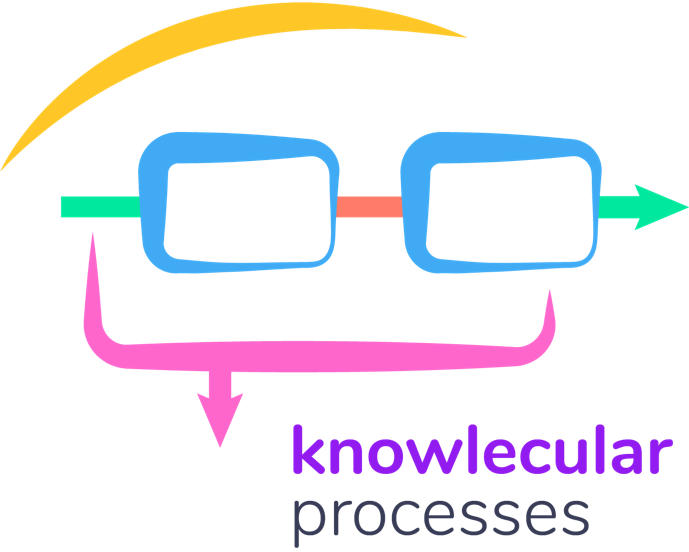Fences give better creative output than brainstorming
Darrell Velegol, PhD
President of Knowlecular Processes,
Distinguished Professor of Chemical Engineering, Penn State Chemical Engineering
When our kids were young, we found that their creative output diminished when we let them explore too broadly. They seemed overwhelmed by having “infinite possibility”. The same thing happens with our dog Brandi when we let her off her leash -- she tends to explore less, and stay closer to us. But when we provided constraints in distance, group size, budget, or time, they often came up with simple yet clever and creative solutions. It turns out that fences can improve creativity … but not always innovation, which requires many steps beyond just creativity.
In the 1940s advertising exec Alex Osborne developed and wrote about “Brainstorming” as a way to use a team to create disruptive ideas. Two key principles are 1) defer judgment, 2) maximize the quantity of ideas created. However, numerous studies (1) have shown that brainstorming has several challenges (e.g., free rider problem, groupthink) that cause it to have LOWER creative output than a team of individuals. Lower in quantity, low in quality. The literature is clear that the best creative outputs are not group efforts, but solo in nature.
So how to move forward? Here are some tips:
1. Set up exercises that enable you to draw out the creativity of individual team members. Perhaps ask each team member to create 5 solutions to particular parts of a problem. Or 10 or 25. Sometimes asking for higher numbers requires them to go beyond some obvious solutions to create something creatively more profound.
2. Set some fences on their creativity. Budget, time, size. I’m reading an interesting book about this right now, “Inside the Box” (3).
3. Alternatively, sometimes it’s helpful to REMOVE certain constraints! What if gravity didn’t exist? What if you could operate at any temperature? What if the final cost of the offering doesn’t matter?
4. Evaluate separately, and as a team. Whereas creativity works best alone, INNOVATION requires evaluation from many perspectives, so that key risks are made clear from every angle.
Give these a try -- see how they work for your team.
1 For example, Michael Diehl; Wolfgang Stroebe. "Productivity Loss in Brainstorming Groups: Toward the Solution of a Riddle". Journal of Personality and Social Psychology. 53, 497–509, 1987.
2 Rosso, Brent D. “Creativity and Constraints: Exploring the Role of Constraints in the Creative Processes of Research and Development Teams,” Organization Studies, 35, 551-585 (2014).
3 Boyd & Goldenberg, Inside the Box (2013). This book was recommended to me by a former PhD student at Penn State.
